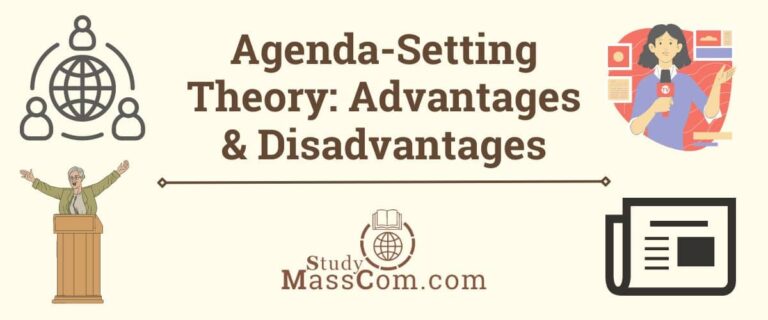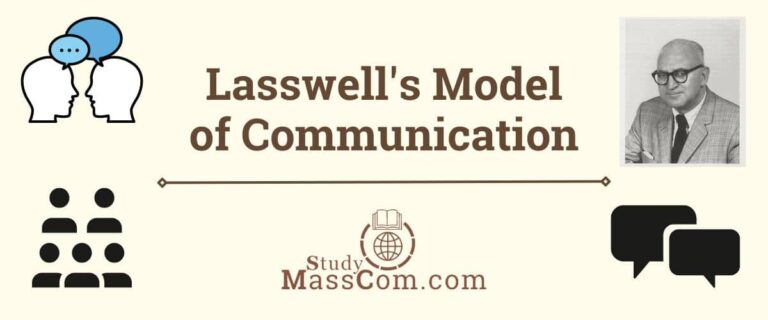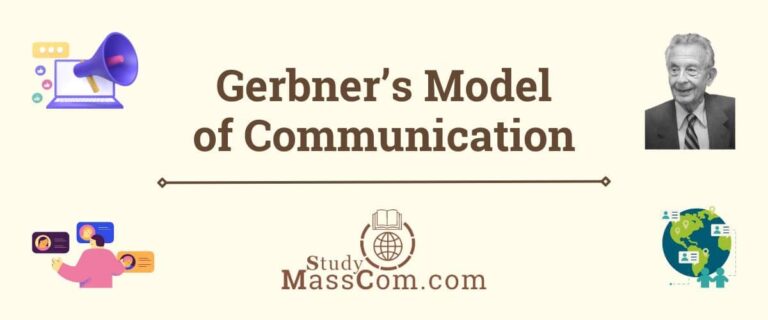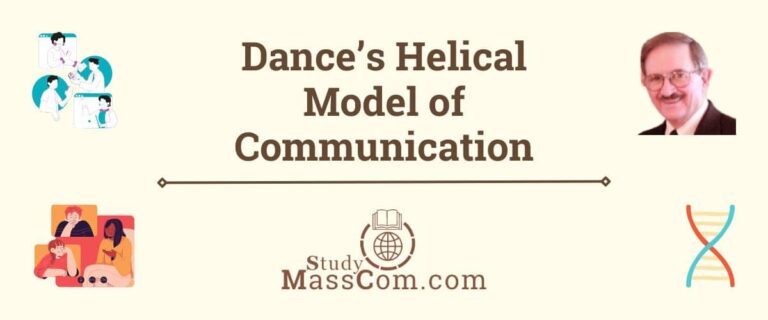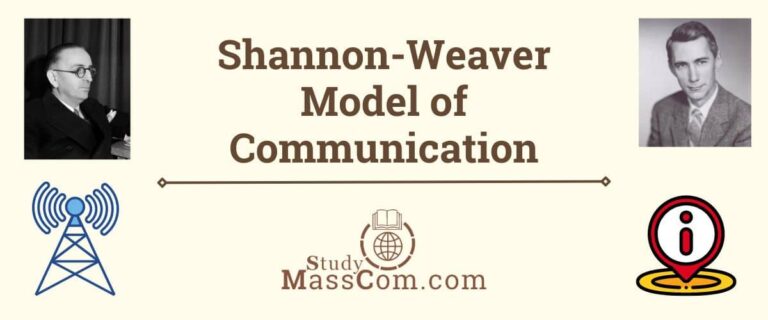The Magic Bullet Theory: Advantages and Disadvantages
The Magic Bullet Theory, also known as the Hypodermic Needle Theory, was a prominent communication model that emerged in the early 20th century. It posited that media messages were like “magic bullets” that directly influenced and shaped audience behavior and attitudes. Although this theory once held sway, modern research has challenged its validity. In this comprehensive article, we will explore the advantages and disadvantages of the Magic Bullet Theory, shedding light on its historical significance and its relevance in today’s media landscape.

Advantages of the Magic Bullet Theory
Simple and Intuitive Concept
The Magic Bullet Theory offered a straightforward explanation of media effects, making it easy for the public to grasp. It portrayed the media as a powerful force capable of directly transmitting messages to passive audiences, eliminating the complexities of understanding audience characteristics and individual differences.
Propaganda and Mass Mobilization
During times of war and political turmoil, the Magic Bullet Theory proved advantageous as a tool for propaganda and mass mobilization. Governments and other influential entities leveraged mass media to disseminate messages and rally public support, making it instrumental in shaping public opinion.
Efficient Communication Strategy
In the early days of media, when options were limited and the media landscape was less diverse, the Magic Bullet Theory was an efficient communication strategy. It assumed that a single message could reach a broad audience without the need for nuanced targeting.
Explore the seven essential steps of the communication process.
Stimulus for Media Regulation
The perceived potency of the Magic Bullet Theory raised concerns about media manipulation and its potential adverse effects on society. This triggered calls for media regulation and ethical standards to protect the public interest.
Disadvantages of the Magic Bullet Theory
Overlooks Audience Diversity
One of the main drawbacks of the Magic Bullet Theory is its failure to account for audience diversity. It treats audiences as passive, homogenous entities, ignoring individual differences, social factors, and cultural influences that shape how people interpret and respond to media messages.
Lack of Empirical Evidence
Despite its initial popularity, the Magic Bullet Theory lacks empirical evidence to support its claims convincingly. Modern research has shown that media effects are far more complex and nuanced than the theory suggests, highlighting the need for more sophisticated communication models.
Limited Understanding of Media Effects
The theory’s assumption of direct and immediate media effects oversimplifies the relationship between media messages and audience behavior. It fails to consider the role of personal experiences, social interactions, and selective exposure, which collectively influence how media messages are received and internalized.
Learn about the Media Dependency Theory, its strengths, and weaknesses.
Neglects Two-Step Flow Theory
The Magic Bullet Theory disregards the Two-Step Flow Theory, proposed later, which suggested that media messages are first filtered through opinion leaders who then influence the broader audience. This two-step process acknowledged the active role of opinion leaders in shaping public opinion, challenging the Magic Bullet Theory’s passive audience portrayal.
Cultural and Historical Context
The theory overlooks the importance of cultural and historical contexts in shaping media effects. Different societies and time periods may respond differently to media messages due to variations in beliefs, values, and experiences.
Inadequate Explanation for Media Resistance
The Magic Bullet Theory fails to explain instances of media resistance, where audiences reject or reinterpret media messages contrary to the intended effect. Audiences are not always passive recipients, and this theory struggles to account for instances of skepticism or resistance.
The Modern Paradigm of Media Effects
Uses and Gratifications Theory
The Uses and Gratifications Theory emerged as an alternative to the Magic Bullet Theory, emphasizing that audiences actively choose media to fulfill specific needs and derive gratification from the content. This approach recognizes the agency of audiences and considers their motivations for media consumption.
Cultivation Theory
Cultivation Theory proposes that long-term exposure to media shapes individuals’ perceptions of reality. It emphasizes the cumulative impact of media content rather than immediate effects, highlighting the importance of repeated patterns and themes in media messages.
Agenda-Setting Theory
The Agenda-Setting Theory suggests that media influence public opinion by selecting and emphasizing certain issues, thereby shaping what the audience perceives as important. This acknowledges the role of media in shaping the public agenda without assuming direct control over audience behavior.
Check out some important mass communication theories and models.
Conclusion
While the Magic Bullet Theory once dominated communication studies, modern research, and evolving media landscapes have exposed its limitations. The advantages of its simplicity and propaganda potential are outweighed by its failure to account for audience diversity, lack of empirical evidence, and oversimplified understanding of media effects. Contemporary communication theories, such as Uses and Gratifications Theory, Cultivation Theory, and Agenda-Setting Theory, have provided more comprehensive and nuanced approaches to understanding media effects.
In conclusion, the Magic Bullet Theory serves as a crucial historical milestone in the study of media effects. However, its SEO-optimized article as the primary explanation for media influence has diminished over time. Embracing more sophisticated models enables researchers and practitioners to navigate the complex interplay between media messages and audiences effectively. As communication evolves, an ongoing commitment to exploring media effects will foster a deeper understanding of its impact on societies worldwide.
FAQs
The Hypodermic Needle Theory is also called the “Magic Bullet Theory” due to its metaphorical comparison of media messages to a powerful and direct injection, much like a magic bullet shot from a syringe. The theory posits that media messages are received passively by the audience, just as a person would be instantly affected by a drug injected into their bloodstream. The term “magic bullet” emphasizes the theory’s belief in the immediate and uniform impact of media messages on the audience, without considering individual differences or other factors that might mediate the effects.
The Hypodermic Needle Theory, or Magic Bullet Theory, once played a significant role in shaping media practices and communication strategies. Though largely discredited in modern communication studies, its historical application can be summarized as follows:
1. Propaganda and Public Opinion: The theory was widely used during times of war and political upheaval for propaganda purposes. Governments and influential entities used mass media to disseminate specific messages to the public, aiming to shape public opinion, rally support, and mobilize the masses towards a particular cause.
2. Media Regulation: The perceived potency of the Magic Bullet Theory raised concerns about the potential negative effects of media content on society. This stimulated calls for media regulation and ethical standards to safeguard the public from harmful or manipulative media messages.
3. Advertising and Marketing: In the early days of mass media, advertisers and marketers embraced the idea of a powerful and direct influence on audiences. Advertisements were designed with the assumption that a single persuasive message would be enough to sway consumers to buy products or adopt certain behaviors.
4. Limited Media Options: When media options were limited, such as during the early days of radio and television, the Magic Bullet Theory served as a basic guide for crafting messages that targeted a broad and diverse audience without the need for complex audience segmentation.
However, with the advancement of communication research and the evolution of media landscapes, the application of the Hypodermic Needle Theory has diminished. Modern theories, like the Uses and Gratifications Theory, Cultivation Theory, and Agenda-Setting Theory, provide more nuanced and accurate frameworks to understand the complex relationship between media and audiences. Today, communication practitioners and researchers emphasize the active role of audiences in media consumption and recognize the diverse factors influencing media effects.
The Two-Step Flow Theory and the Magic Bullet Theory (Hypodermic Needle Theory) are contrasting communication models. The Magic Bullet Theory posits a direct and immediate influence of media messages on passive audiences, assuming a one-way flow of information. In contrast, the Two-Step Flow Theory suggests an indirect process, where media messages are filtered through opinion leaders who then influence the broader audience. The Magic Bullet Theory disregards individual differences and social context, while the Two-Step Flow Theory recognizes the active role of interpersonal communication and the diversity of audience opinions. The latter provides a more nuanced understanding of media influence within social networks.

